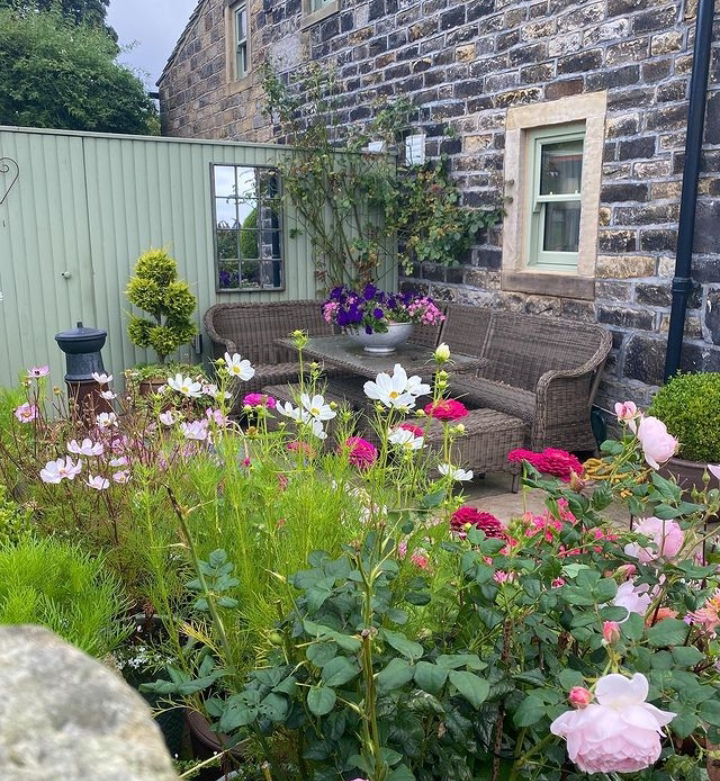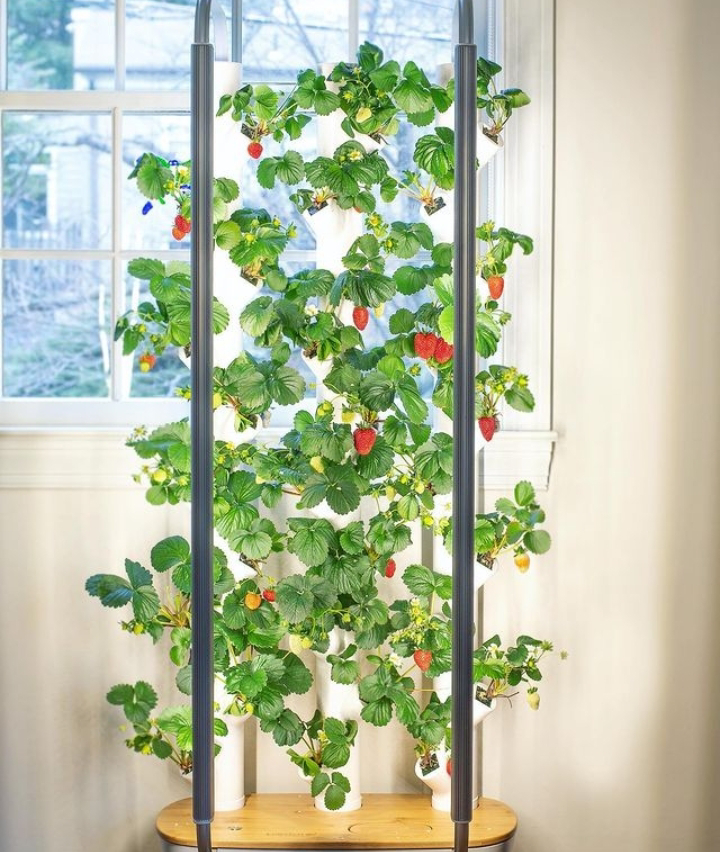What is the patio gardening?
Caring for potted plants on your patio involves regular watering, providing adequate sunlight, and occasional fertilization. Make sure to check the specific care requirements for each plant species to ensure they thrive. Pruning and removing dead leaves can also help keep the plants healthy.
1. **Selecting Plants:** Choose a variety of native plants that attract wildlife such as birds, butterflies, and bees. Consider nectar-rich flowers, berry-producing shrubs, and plants that provide shelter and food for insects.
2. **Plant Containers:** Use containers made of natural materials like clay or wood to provide a more authentic environment for wildlife. Ensure the containers have drainage holes to prevent waterlogging.
3. **Soil and Compost:** Use organic and chemical-free soil and compost to ensure a healthy environment for both plants and wildlife.
4. **Water Source:** Incorporate a small birdbath, shallow dish, or a water feature to provide a water source for birds, insects, and other small animals.
5. **Avoid Chemicals:** Refrain from using pesticides, herbicides, or chemical fertilizers, as they can be harmful to wildlife. Opt for natural alternatives like neem oil or companion planting.
6. **Create Hiding Spots:** Add rocks, logs, and small brush piles to offer hiding spots and shelter for wildlife, including beneficial insects.
7. **Bird Feeders:** Hang bird feeders to attract different bird species. Use a mix of seeds and nuts to cater to various preferences.
8. **Butterfly and Bee Houses:** Install butterfly and bee houses to provide nesting spots and protect them during colder months.
9. **Maintain a Variety of Heights:** Incorporate plants of different heights, from groundcovers to taller shrubs, to accommodate a diverse range of wildlife.
10. **Regular Maintenance:** Regularly tend to your patio garden, remove dead plants, and ensure the water sources remain clean and filled.
11. **Educate Yourself:** Learn about the local wildlife in your area to better understand their needs and how to support them effectively.
12. **Monitor and Enjoy:** Spend time observing the wildlife that visits your patio garden. Keep a record of the species you encounter and make adjustments as needed to better suit their preferences.
By following these steps, you can create a vibrant and wildlife-friendly patio garden that benefits both the local ecosystem and your outdoor space. Happy gardening!




































